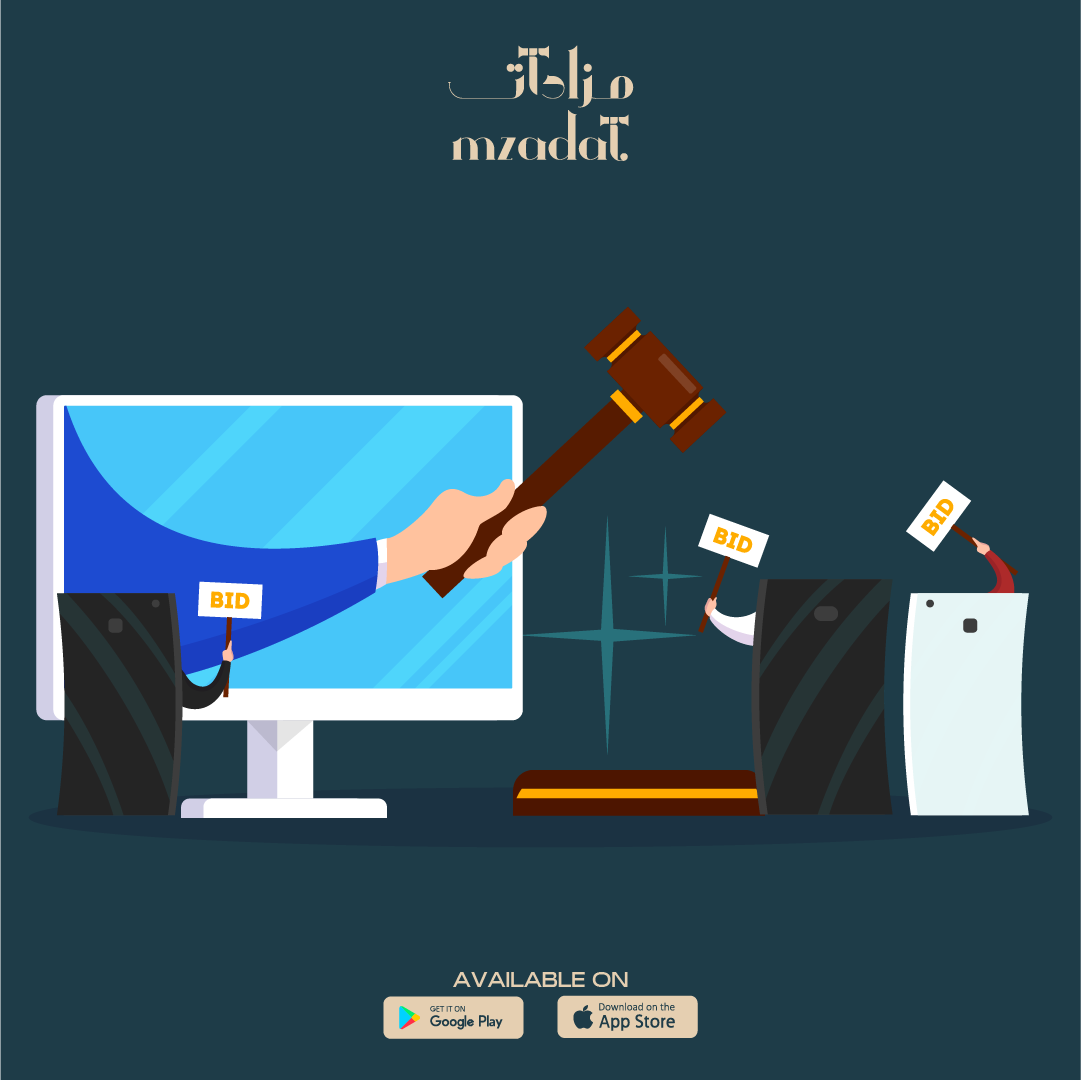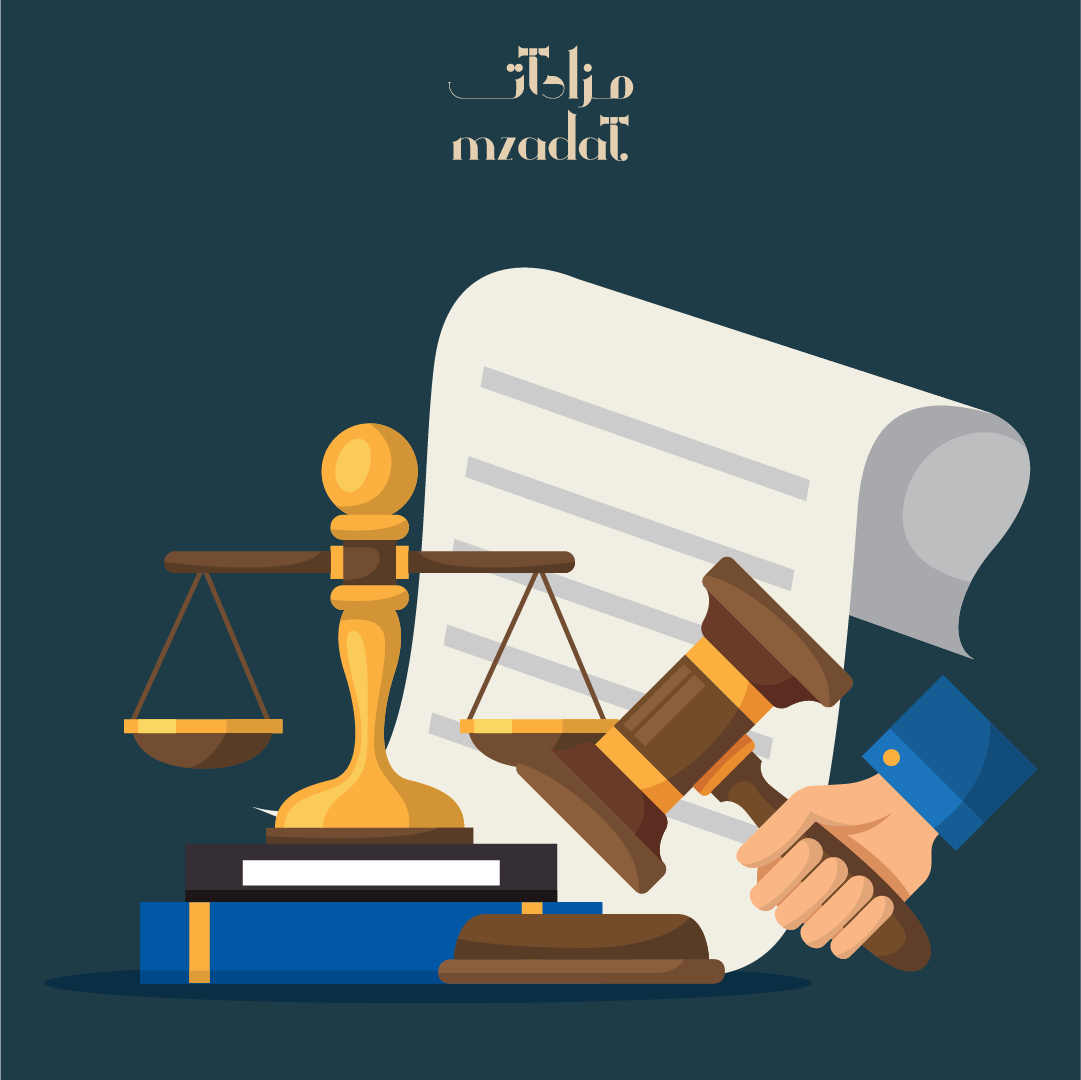Online auction:
In today's world, the Internet has become an essential platform for many activities, including commerce.
What is an electronic auction?
An electronic auction is the process of buying and selling goods or services over the Internet.
Types of electronic auctions:
English Auctions: Bidding starts at a low price and gradually rises until the item is sold to the highest bidder.
Dutch Auctions: Bidding starts at a high price and gradually decreases until the item is sold to the first bidder.
Closed Auctions: Bids are not displayed to the public, and each bidder submits their final price.
Features of electronic auctions:
Convenience: Participants in online auctions can participate from anywhere in the world.
Speed: The buying and selling process takes place very quickly.
Cost: The cost of electronic auctions is lower than the cost of traditional auctions.
Reach: Online auctions reach a wider audience of potential customers.
Disadvantages of electronic auctions:
Fraud: There may be a risk of exposure to fraud in electronic auctions.
Difficulty in evaluating goods: It may be difficult to accurately evaluate goods based on pictures and descriptions only.
Emotions: Participants in online auctions may not feel the same level of excitement and thrill as they do in traditional auctions.
Tips for participating in electronic auctions:
Determine your budget: Determine your budget before participating in any online auction.
Read Auction Terms: Read the auction terms carefully before participating.
Search for items: Research the items you would like to purchase before participating in the auction.
Place reasonable bids: Do not place bids higher than your budget.
Be wary of scams: Be wary of sellers who ask for payment in advance or who do not provide sufficient information about the goods.
In conclusion:
Online auctions are a great way to buy and sell goods and services. However, it is important to be aware of the risks and tips before participating in any online auction.
Here are some additional ideas you can include in your article:
History of electronic auctions.
Examples of popular online auction sites.
Tips for writing an attractive description of the item you want to sell at auction.
Tips to protect yourself from fraud in electronic auctions.
I hope this article has helped you understand more about online auctions.
How do I create an online auction?
Here are the steps to create an online auction:
1. Choose the auction platform:
Public auction platforms: such as eBay and Amazon.
Specialized auction platforms: such as Etsy and Catawiki.
Create your own auction platform: using Shopify or WooCommerce.
2. Select the auction type:
English Auction: Bidding starts at a low price and gradually rises until the item is sold to the highest bidder.
Dutch Auction: Bidding starts at a high price and gradually decreases until the item is sold to the first bidder.
Closed Auction: Bids are not displayed to the public, and each bidder submits his or her final price.
3. Determine the terms of the auction:
Auction start and end dates.
Starting price.
Minimum bid increase.
payment method.
Shipping Method.
Return Policy.
4. Write an attractive description of the item:
Include all important details about the item.
Use high-quality images.
Write a clear and concise description.
5. Promote the auction:
Share the auction on social media.
Send emails to your email list.
Advertise the auction on relevant websites.
6. Auction management:
Monitor bids.
Answer questions from potential buyers.
Resolve any disputes.
7. Completion of the sale:
Announce the winner of the auction.
Collect payment from the buyer.
Ship the item to the buyer.
Tips for creating a successful online auction:
Choose the appropriate auction platform.
Select the auction type that best suits your needs.
Clearly define the terms of the auction.
Write an attractive description of the item.
Promote your auction effectively.
Manage the auction efficiently.
Complete the sale smoothly.
By following these steps, you can create a successful online auction and sell your items at good prices.
Here are some additional resources that may help you:
eBay's guide to creating an auction
Amazon's guide to creating an auction
Tips for writing an attractive description of the product
Tips for creating a successful online auction
Does public auction underprice?
It cannot be definitively confirmed that a public auction underestimates the price, as this depends on several factors, including:
Type of item for sale: Some items, such as real estate, may attract a large number of bidders, which may cause the price to rise. While other items may not attract as much attention, which may lead to a lower price.
Auction Terms: Auction terms may specify a reserve price, which is the minimum selling price. If this price is not reached, the item will not be sold.
Market Condition: Economic conditions may affect the prices of goods at auctions. For example, real estate prices may decline during economic recessions.
Experience and skills of bidders: Experienced bidders may be able to obtain the best prices through their knowledge of the value of the goods and how to bid effectively.
In general, an auction can be a good way to get a fair price for an item, especially if there is strong competition among bidders. However, it is important to do your homework before participating in any auction, and to be aware of the factors that may affect the price.
Here are some tips to get the best price at auction:
Conduct comprehensive research on the item you wish to purchase.
Determine your budget before participating in the auction.
Know the auction conditions carefully.
Hire an expert to evaluate the item before the auction.
Learn how to bid effectively.
Be patient and don't give up easily.
How much is the auction fee?
Auction fees:
Auction fees vary widely depending on several factors, including:
Auction Type: Public auction fees differ from online auction fees.
Auction Platform: Auction platform fees vary from one platform to another.
Value of item for sale: Higher value items may be charged higher fees.
Type of additional services provided: Additional fees may apply for services such as evaluation and delivery.
In general, auction fees can range from 1% to 10% of the value of the item sold.
Here are some examples of auction fees:
eBay: eBay charges a listing fee and a closing fee for each item sold. These fees vary depending on the type of item and its price.
Amazon: Amazon charges a listing fee and a fee for each item sold. These fees vary depending on the type of item and its price.
Public Auctions: Public auction fees vary from one auction to another.
It is important that you carefully read the terms of the auction before participating in it to know what fees you will be charged.
Here are some tips to reduce auction fees:
Choose an auction platform with low fees.
Sell high value items.
Take advantage of the promotions offered by some auction platforms.
Sell your items yourself instead of using an agent.
By following these tips, you can reduce your auction fees and increase your profits.



